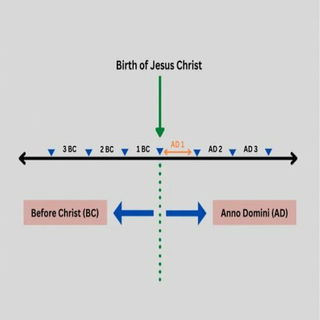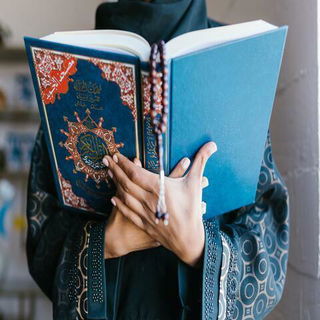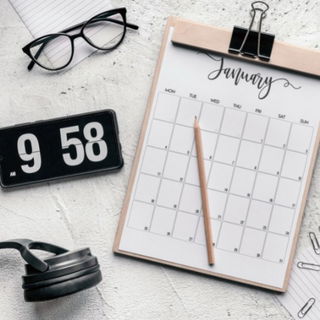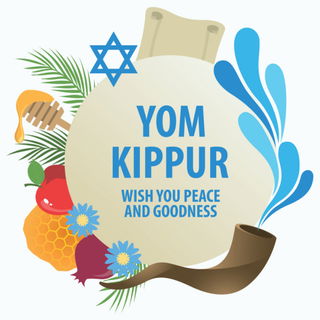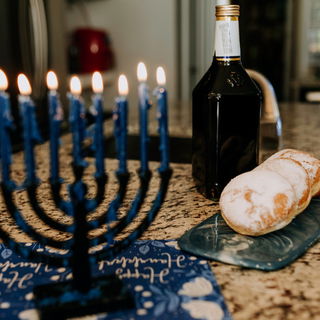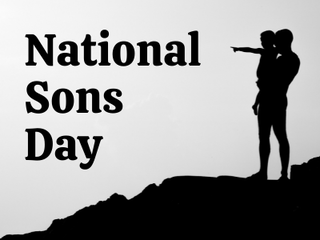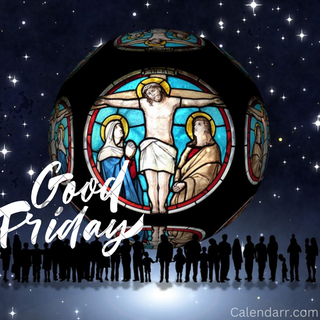- Calendar
- Calendar 2025
- April
- Yom HaZikaron
Yom HaZikaron
Yom HaZikaron is observed on 4 Iyar every year, and in 2025, it will begin at sunset on 29 April and end at nightfall on 30 April.
Yom HaZikaron also known as Israel's Memorial Day to honor its fallen soldiers, it is a tragic and deeply importance day of remembrance in Israel.
On this day, Israel pays tribute to military personnel who sacrificed their lives in the struggle that led to the establishment of the State of Israel, as well as those who have subsequently died while serving in the Israel Defense Forces (IDF).
Established into law in 1963, Yom HaZikaron is observed annually on the 4th of Iyar in the Hebrew calendar, marking the beginning of a day of national mourning and reflection.
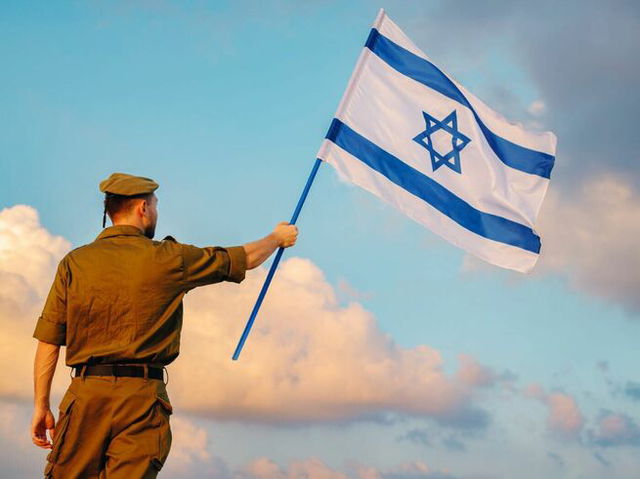
Historical Origins
Before Israel was established, many soldiers were met with martyrdom.
Hence, in 1949 and 1950, the first two years after the establishment of the State of Israel memorial services for soldiers who died in the War of Independence were held on Independence Day.
The IDF and the Ministry of Defense coordinated these services. But the families of those soldiers who were martyred were not on board with holding memorials on the same day as the national celebrations.
This led to the establishment of the “Public Council for Soldiers' Commemoration” in January 1951 by Prime Minister David Ben-Gurion, who was also the Minister of Defense.
The council recommended setting the 4th of Iyyar, the day before Independence Day, as “General Memorial Day for the Heroes of the War of Independence.” The government approved the proposal the same year.
In 2023, Israel's Ministry of Diaspora Affairs and Combating Antisemitism introduced a new policy to mourn non-Israeli Jewish victims of antisemitic terror attacks as part of each year's Yom HaZikaron.
This policy was aimed at showing solidarity with the Jewish diaspora.
This policy extended the commemoration of Yom HaZikaron to include non-Israeli Jewish victims of antisemitic terror attacks around the world.
The move was an expression of Israel's solidarity with the Jewish diaspora and its recognition of the global nature of threats faced by Jews.
The Observance of Yom HaZikaron
Yom HaZikaron is observed in Israel with great solemnity and reverence beginning at sunset the day before the official commemoration with a national siren that signals the beginning of the remembrance.
The siren is sounded at 8:00 PM, and for one minute, the entire country comes to a halt.
Citizens, including those driving on highways, stand in silence as a mark of respect for the fallen soldiers.
This moment of collective reflection is one of the most powerful aspects of the observance.
The evening is marked by the closure of entertainment venues, and media broadcasts are dedicated to solemn content.
Television channels air a 24-hour program featuring the names and ranks of every soldier who died for Israel.
This broadcast continues throughout the night, with names displayed chronologically, ensuring that no individual sacrifice is forgotten.
Main Memorial Day
The morning of Yom HaZikaron begins with a second siren, this time lasting two minutes.
The siren sounds at 11:00 AM and marks the commencement of official ceremonies, which are held at military cemeteries across Israel.
Families of fallen soldiers gather at these locations to honor their loved ones, often lighting memorial candles and reciting special prayers.
National memorial services are attended by the leaders of the country that takes place in important memorial sites like the military cemetery on Mount Herzl in Jerusalem.
These events underscore the deep connection between the Israeli population and the sacrifices made by the military.
At the Western Wall, the central ceremony to mark the opening of the day is held, where prayers and songs of remembrance are recited.
Many Israelis also recite special prayers, including Psalm 9 and Psalm 144, which are traditionally associated with warfare and valor.
In addition to the public ceremonies, the names of civilians killed in terrorist attacks are also displayed on television.
This includes individuals who died in pogroms dating back to the 19th century and those who perished as a result of terrorist activities in the years following Israel's founding.
These names are presented in chronological order, ensuring that the victims of terrorism are remembered alongside those who lost their lives in military service.
The Red Everlasting Flower
The Red Everlasting flower, also known as “Dam HaMaccabim” (blood of the Maccabees), holds special significance during Yom HaZikaron. Chosen as the national memorial flower.
It symbolizes the bloodshed of Israel's fallen soldiers and the enduring sacrifice made for the state.
The flower is worn on clothing throughout the day, with pins featuring the actual flower distributed across Israel and in various Jewish communities worldwide.
The symbol of the Red Everlasting flower is a visible reminder of the nation's collective grief and appreciation for the sacrifices made by its soldiers.
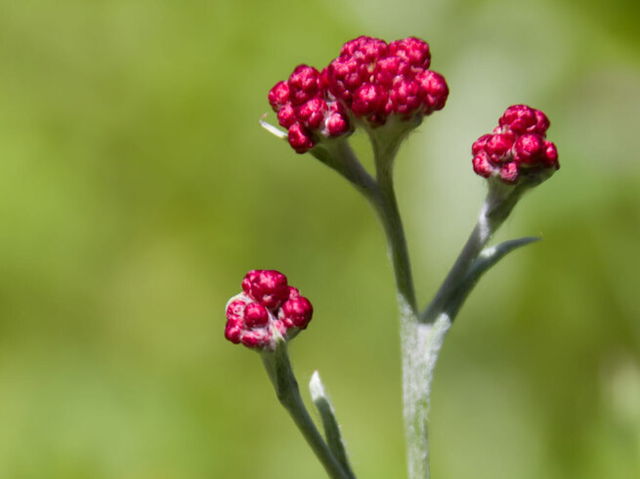
The Transition to Independence Day
There is a great symbolism for the timing of Yom HaZikaron, which is observed the day before Israel's Independence Day (Yom HaAtzmaut).
It reminds the residents the price Israel paid for Israel's independence and the tragic silence of Yom HaZikaron transitions into the celebrations of Yom HaAtzmaut.
This highlights the close relationship between sacrifice and the eventual establishment of the state.
This day is observed as a moment to reflect on the cost of freedom and the ongoing challenges faced by Israel in maintaining its security and sovereignty.
As Israel's Independence Day begins at sundown, the flag of Israel is raised to full staff, marking the official end of Yom HaZikaron and the beginning of celebrations marking the establishment of the state.
This transition underscores the importance of remembering the sacrifices of the fallen while also celebrating the achievements of the modern state.
The Date
Yom HaZikaron is typically observed on the 4th of Iyar, but due to the structure of the Hebrew calendar, the date may occasionally need to be adjusted.
This is particularly relevant when Yom HaZikaron falls on a Friday or Saturday, as these days coincide with Shabbat, necessitating adjustments to avoid conflicts with religious observances.
In such cases, the dates are moved slightly to ensure the smooth observance of both Yom HaZikaron and Yom HaAtzmaut.
Recommended Articles
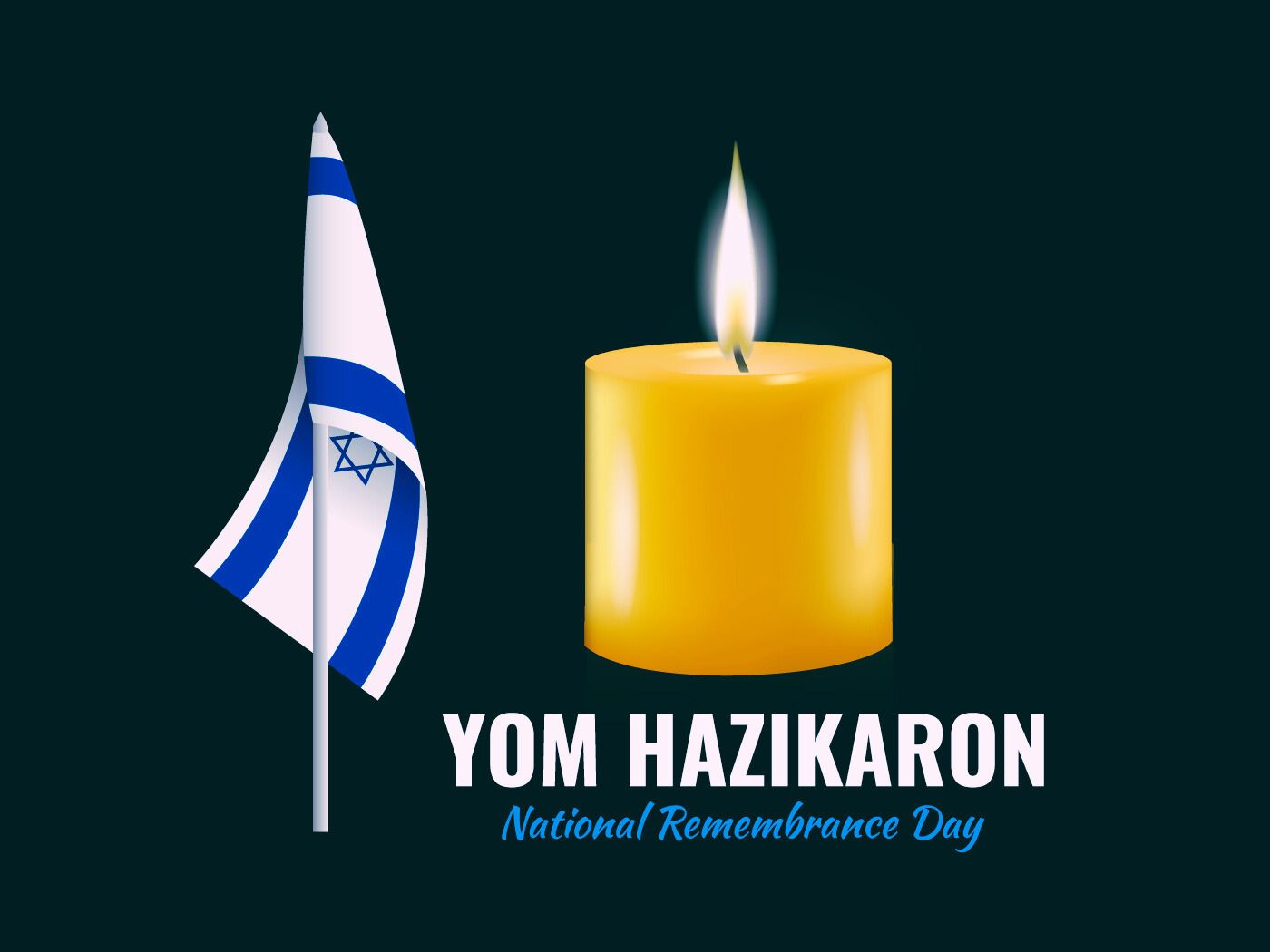
Other Celebrations
-
Apr 28 Mon
-
May 13 Tue
-
May 27 Tue
-
Sep 22 MonYom Kippur
-
Nov 20 Thu
-
Jan 18 Sun

